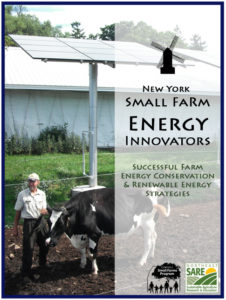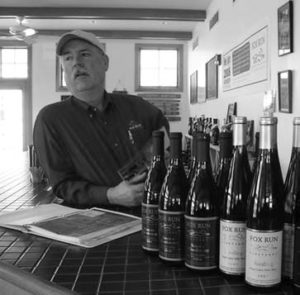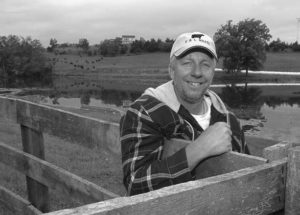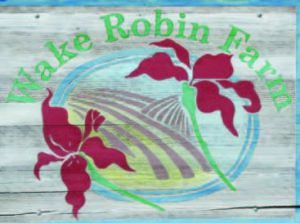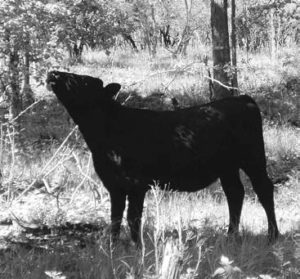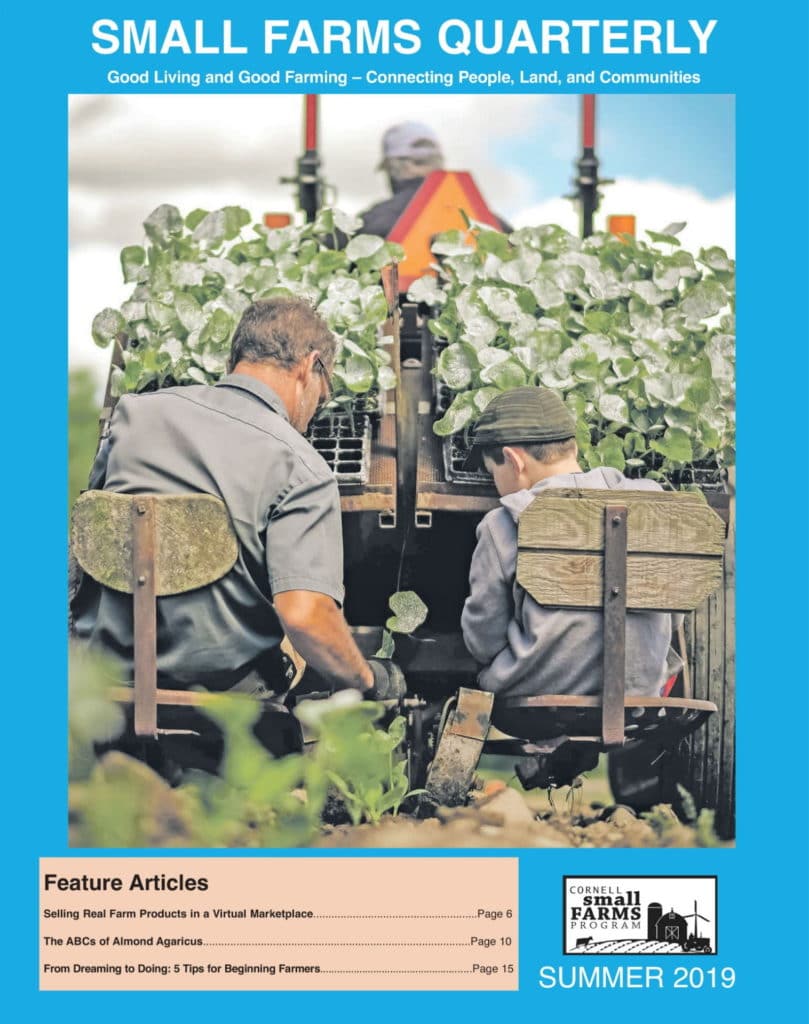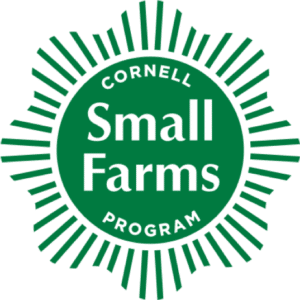Small Farms Quarterly
Receive news and resources as they are released by joining our newsletter.
New discoveries of emerald ash borer in NY State are now confirmed in 7 counties. PA adds 31 counties to the emerald ash borer quarantine. What can you do? The most important thing to understand is that all the ash trees in the northeast, or for that matter all of North America, are threatened by…
Read MoreNew Online Courses for Beginning Farmers Debut This Fall! Reserve Your Spot Now Need some guidance on the development or expansion of a farm enterprise? Can’t find any trainings near you? If you’re comfortable enough with a computer to consider learning online, you’ll be glad to know that the Cornell Small Farms Program and Cornell…
Read More‘A Truck Transition’ first appeared in Lancaster Farming on May 22nd, 2010 and is reprinted with permission. A tear fell from my eye onto the window sill below as I watched my youngest daughter travel down the driveway on her first solo run. As she drove away in my old battered, slightly rusted, bumper stickered…
Read MoreThe Training of Bella and Wetacchi By Dusty Ward and Kristen Faillace, Seneca County We are currently working on breaking our almost three year old horses. Bella is our mare and Wetacchi is our gelding. We have had them since they were one year olds. Bella is half Paint and half Tennessee Walker. She is…
Read MoreGrape growers are using a new action-planning tool – the New York Guide to Sustainable Viticulture Practices Grower Self-Assessment Workbook – to enhance economically-sound production with minimal environmental impacts. The eight-section, 134-question workbook facilitates evaluation of soil and nutrient management; weed, disease, and insect control; and the vineyard business’s economic needs. Getting the workbook into…
Read MoreThe Northeast Livestock Processing Service Company (NELPSC) connects producers and processors for made-to-order meat products — and increased sales for both. Livestock farmers formed NELPSC in 2006 to address the challenge of obtaining quality processing for livestock and poultry. Today, the farmer-owned company works with 95 livestock farmers and 8 processors and those numbers are…
Read MoreDoug and Linda Fairbanks own and operate a maple production facility in Chautauqua County,New York where they produce approximately 1,200 gallons of maple syrup annually. The equipment used in converting the raw sap to maple syrup was outdated and inefficient. They applied and were awarded a grant from USDA Rural Development via the Rural Energy…
Read MoreThe following excerpt, “Summer Solstice, 1992” is the first in what will be a series of essays written by Bill Duesing and edited by Suzanne Duesing from the book Living on the Earth. Eclectic Essays for a Sustainable and Joyful Future. Each issue will feature a piece relating to the season. It is hoped…
Read MoreFROM VEGETABLES TO DAIRY After operating a vegetable CSA for six years at Wake Robin Farm in Jordan, NY, Meg and Bruce Schader agreed that they would rather milk cows. Meg and Bruce were inspired to keep their farm small when they heard about a friend’s grandfather who sent his four children to college on…
Read MoreGrazing domestic livestock in wooded areas is a common practice in many parts of the world and other regions of the U.S., but became taboo in the northeast in the later half of the 20th century when foresters and conservationists began to educate farmers on the potential harmful impacts of allowing livestock in their woodlots. …
Read MoreSubscribe to the Small Farms Quarterly
Browse the online archive and subscribe to get each new issue when it's released.


